Porsche 944 Turbo S (1988) – Ultimate Guide
In 1988 Porsche launched a new more powerful model: the 944 Turbo S. It was known as the 944 Turbo S or as the Turbo SE in the UK, while most enthusiasts nicknamed it the ‘Silver Rose’. According to Porsche, the Turbo SE stood for Special Equipment. And boy was it special.
The engine was upgraded (designation number M44/52), with power was now 250 bhp @ 6000 rpm and torque of 258 lb-ft @ 4000 rpm. The improvements came as a result of a larger KKK K26-8 turbocharger unit combined with revised engine mapping that kept the turbocharger boost at 10.9psi up to 3,000 rpm and then reduced it to 7.5psi at 5,800 rpm, matching boost with fuel and ignition for optimum efficiency. That engine delivered its power through a heavier duty clutch and transmission fitted with a cooler. The limited slip differential was given a 40% lock setting.
In keeping with its performance Porsche’s engineers fitted the car with the M030 suspension package as standard. This gave the car progressive rate springs, larger hollow anti-roll bars and Koni adjustable shock absorbers, with the front units being adjustable for ride height. Harder durometer suspension bushings, larger 26.8 mm (1.055 in) hollow anti-roll/torsion bars at the front, and chassis stiffening brackets in the front frame rails all added to the Porsche 944 Turbos performance credentials, as did the ‘Big Red’ brakes and stiffer suspension bushes. The brakes were fitted with ABS and the front brakes were the same as those used on the high performance Porsche 928 S4 being 12″ diameter and fitted with Brembo four piston fixed calipers. At the rear the 944 retained the same 12″ brakes as used on the 944 Turbo.
The wheel design was called “Club Sport”, new ‘machined’ edge Design 90 alloys, forged from magnesium by Fuchs. These wheels were of 16″ diameter with the front being 7″ wide and the rear 9″ wide, shod with 225/50 tires at the front and 245/45 at the rear. The car’s fenders were remodeled to suit the wider wheels and tires. The manual transmission (case code designation: AOR) featured a higher friction clutch disc setup, an external cooler, and a limited-slip differential with a 40% lockup setting.
In June 1988, Car and Driver tested the 944 Turbo S (with the advantage of shorter final drive gear) and achieved a 0–97 km/h (0–60 mph) acceleration time of 5.5 seconds and a quarter-mile time of 13.9 seconds at 163 km/h (101 mph). Top speed was factory rated at 261 km/h (162 mph). These moderately improved performance results against the regular 944 Turbo officially made the Porsche 944 Turbo S the fastest four cylinder production car of that period.
The interior of the 944 Turbo S treated occupants to power seats and a 10 speaker sound system was a popular optional extra. Many cars were finished in a Burgundy Plaid exterior color scheme which seems to have been a common choice. The air conditioning dryer lines were routed so as to clear the front frame brace on the driver’s side.
The cars came in an arresting ‘Silver Rose’ metallic paint – in essence a silvery-pink hue – with a matching ‘Studio’ cloth interior, again in a burgandy pink. All cars featured a stylized ‘Turbo’ script on the wing, as a throwback to previous hyper-performance Porsches. The Turbo S cost a huge 10% more than a standard Turbo – moving the price to greater than that of a contemporary 911 – but Porsche managed to shift over 1000 of the cars. Customer demands were met midway through 1988, as any colour from the Porsche catalogue, along with any interior option, could be specified instead of the ‘Silver Rose’ scheme. Only the earlier 1986, 253 PS (186 kW) prototypes featured a “special wishes custom interior” options package.
The uprated power plant of the Turbo S became standard fare for the Turbo from 1989 to the end of its life. In 1989 and later production years, the ‘S’ designation was dropped from the 944 Turbo S, and all of the turbocharged iterations of the 944 featured the Turbo S enhancements as standard, however the “M030” suspension and the Club Sport wheels were not part of that standard.
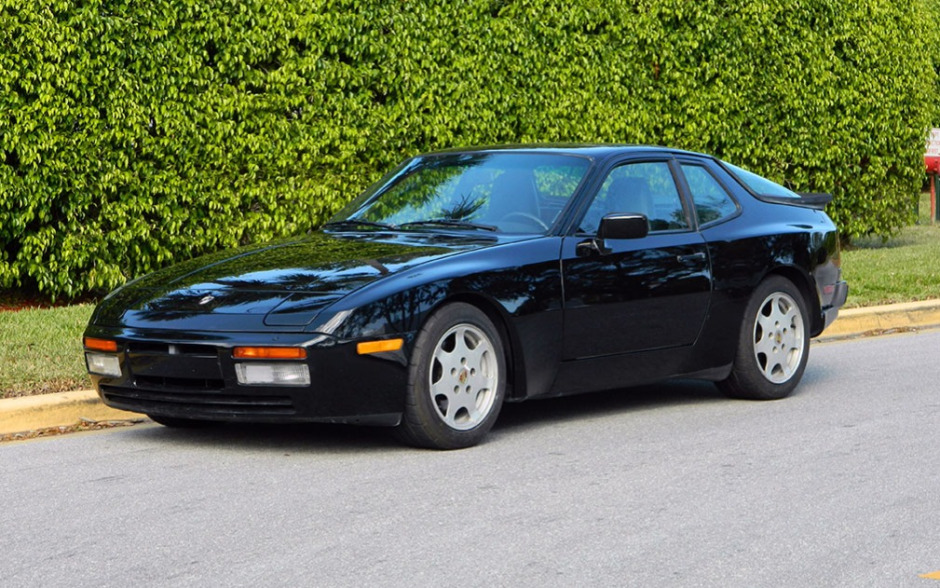
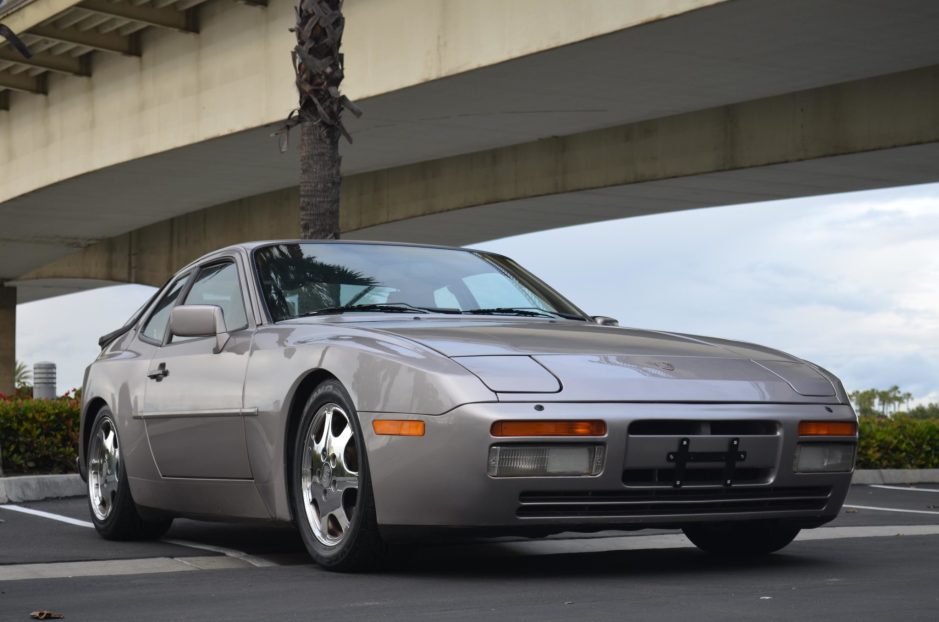


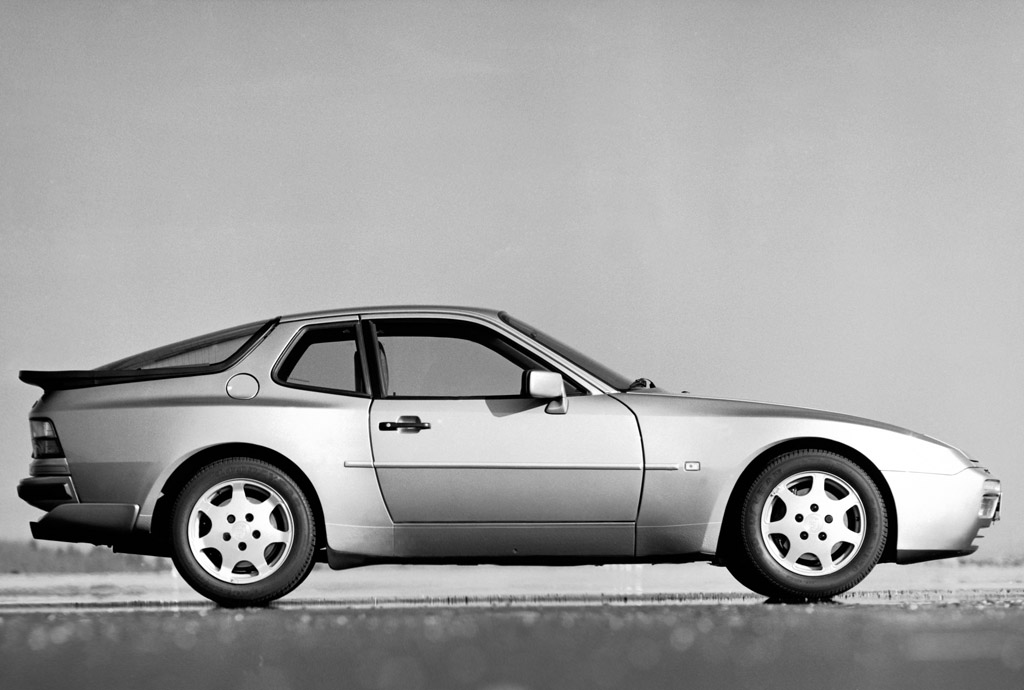

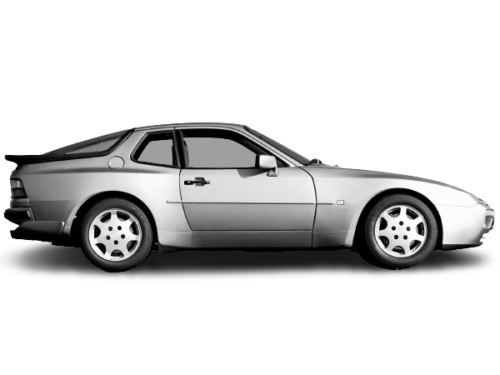
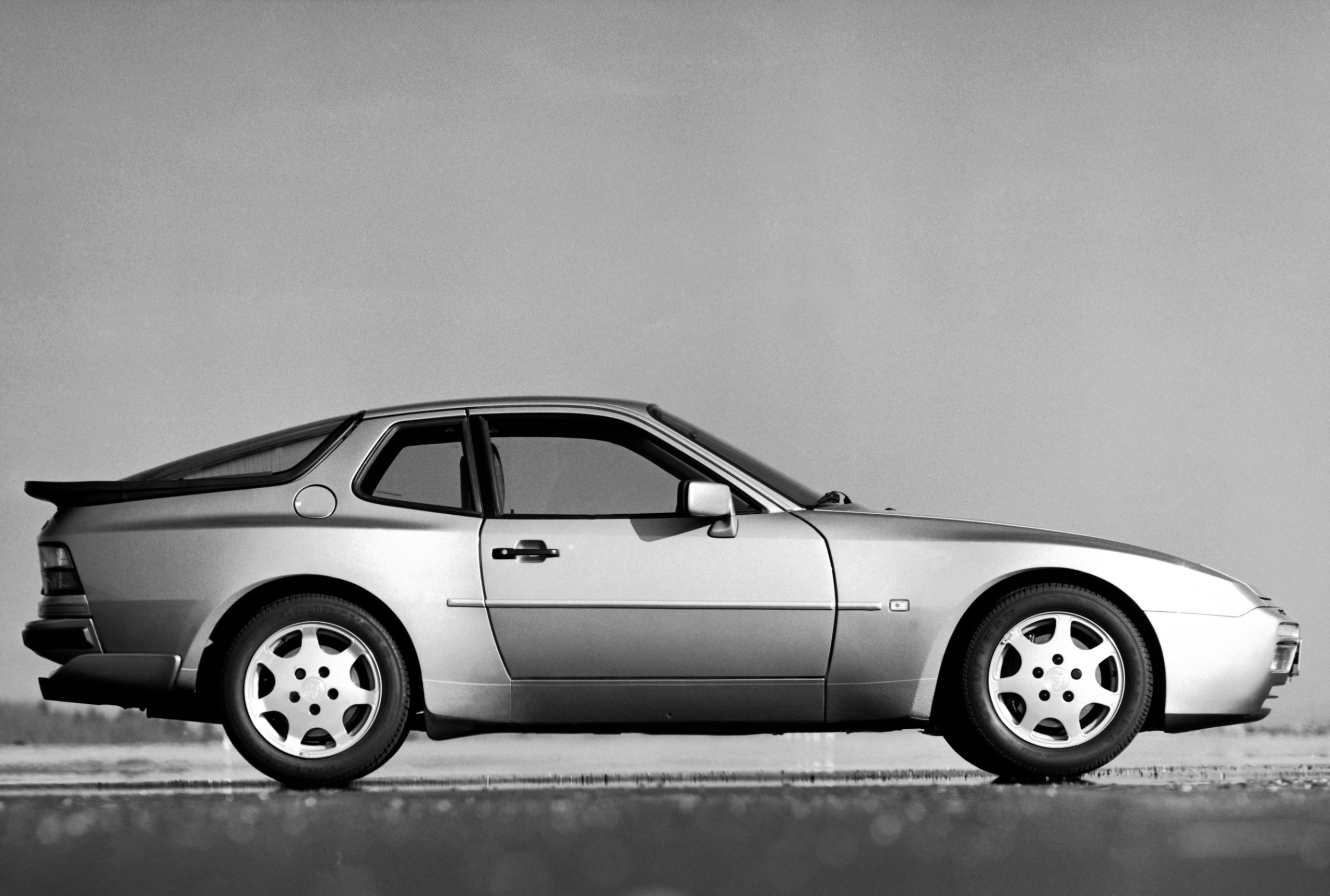
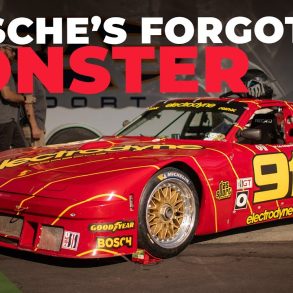
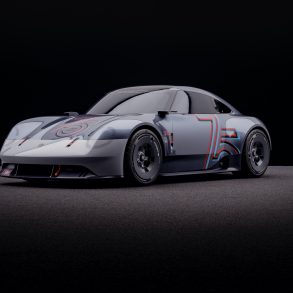
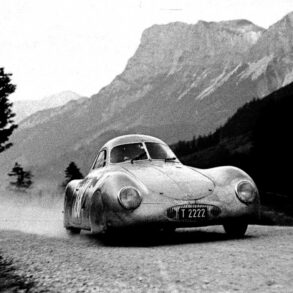
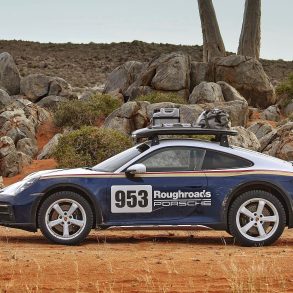
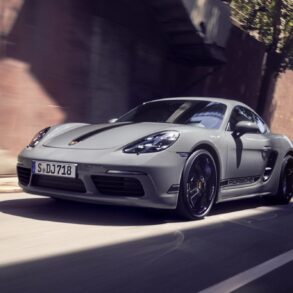
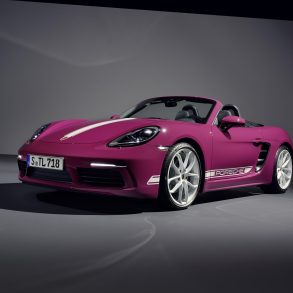
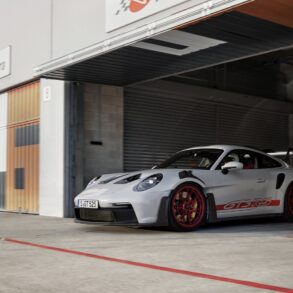
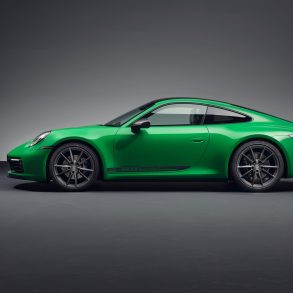

To clean up a mess,Like this one Porsche 944 would the right selection
0